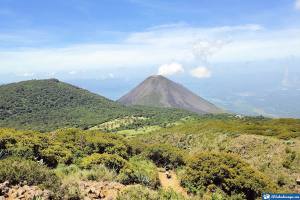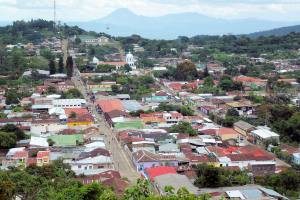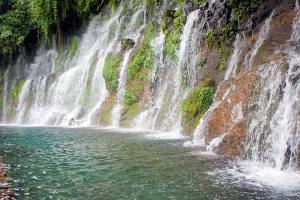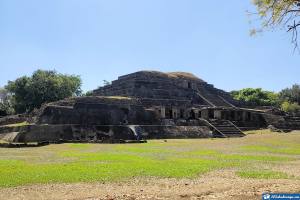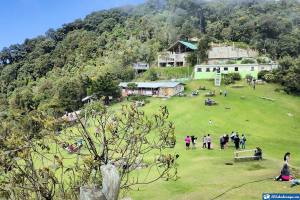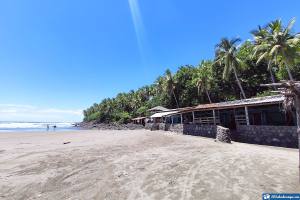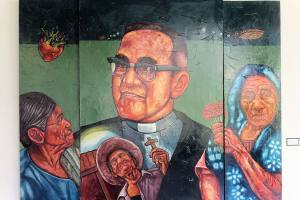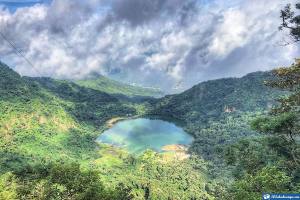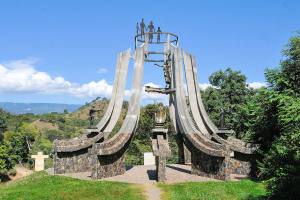El Salvador is a country built by men and women who dedicated their lives to creating beautiful handicrafts. The Artisanal Paradise Route is a journey in which you can fully enjoy these creations while you enter a trip surrounded by an incredible landscape.
Through a 100 km journey, you can visit iconic places from San Salvador and reach the highest peak, where you can live a limitless experience. Along the way, you will have the opportunity to visit archaeological and handicraft villages.
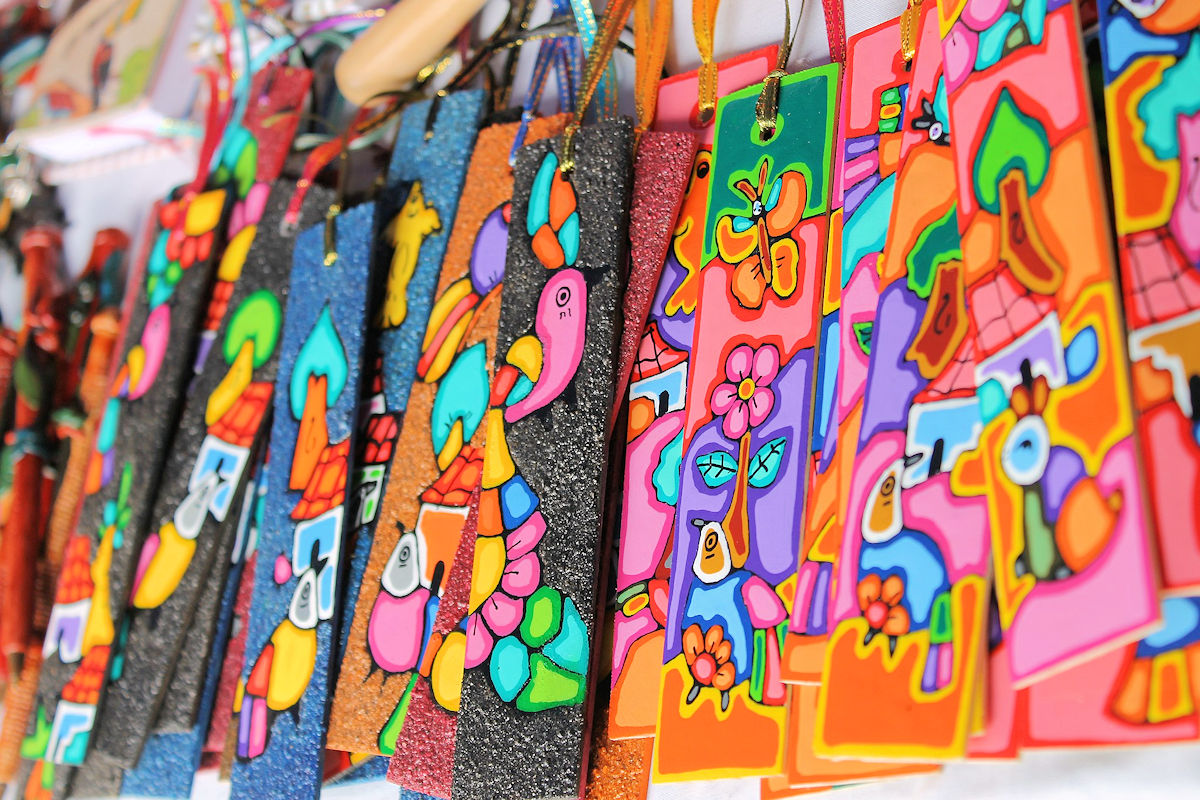
ARTISANAL PARADISE ROUTE OF EL SALVADOR - Routes of El Salvador. Photo by ElmerGuevara. Wikimedia Commons.
Stroll through the streets of Cihuatán, Colima, La Palma, and San Ignacio, and get to know all the wonders around Miramundo, Citalá, and the Church of El Pilar. Undoubtedly, it will be a unique ecotourism and agro-tourism tour.
In summary, the Artisanal Paradise Route of El Salvador will take you to discover a country of pre-Columbian origin that continues to maintain its traditions and customs in force.
Location and history
The Artisanal Paradise Route covers three different departments. It starts in the department of San Salvador, continues in the department of Cuscatlán, and ends in the department of Chalatenango.
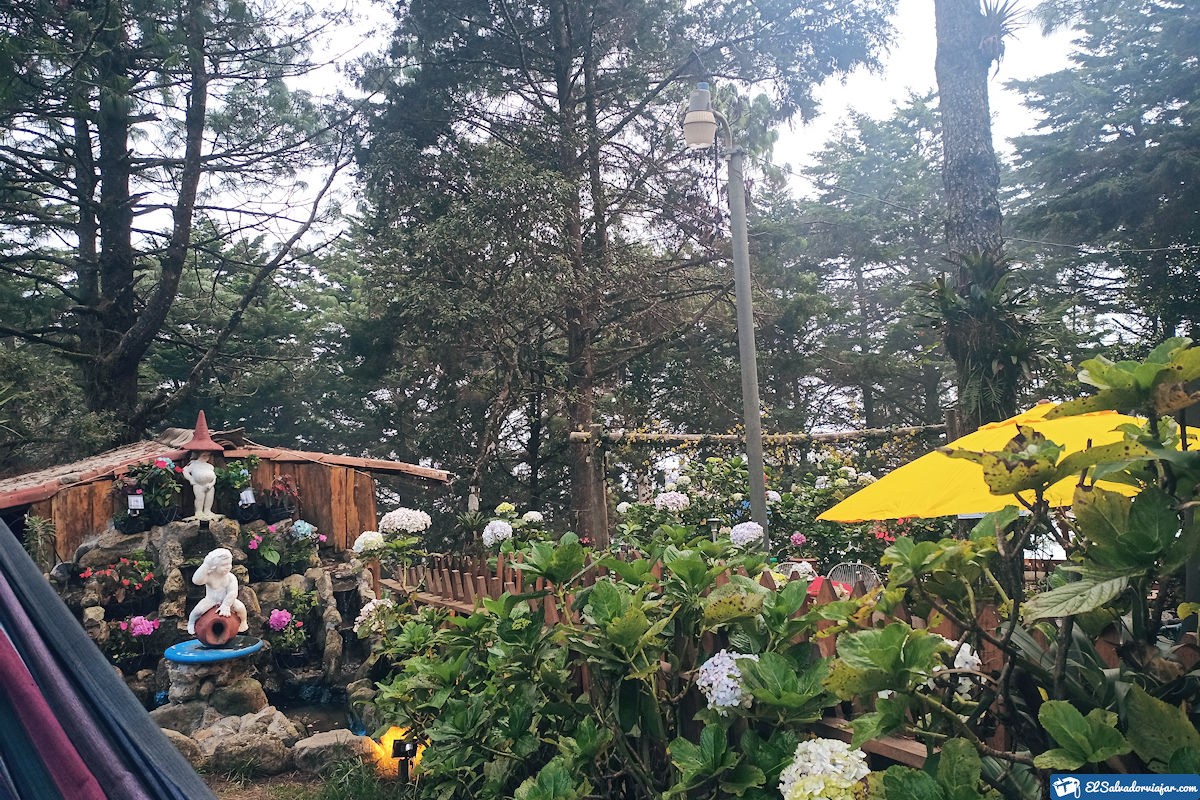
This 100 km tour is not enough to get to know El Salvador in-depth, but it is the best reference we have about its ancestral roots. Which have endured over the centuries, and their customs have been transmitted from generation to generation.
The exact date when the Artisanal Paradise Route was created is still being determined. However, it comprises some towns with tremendous significance and symbolism for the nation.
Here you can enjoy museums with permanent exhibits of archaeological remains found in pre-Columbian settlements. Visit each one of them, and of course, get into nature and learn about the handicraft creations of the locals.
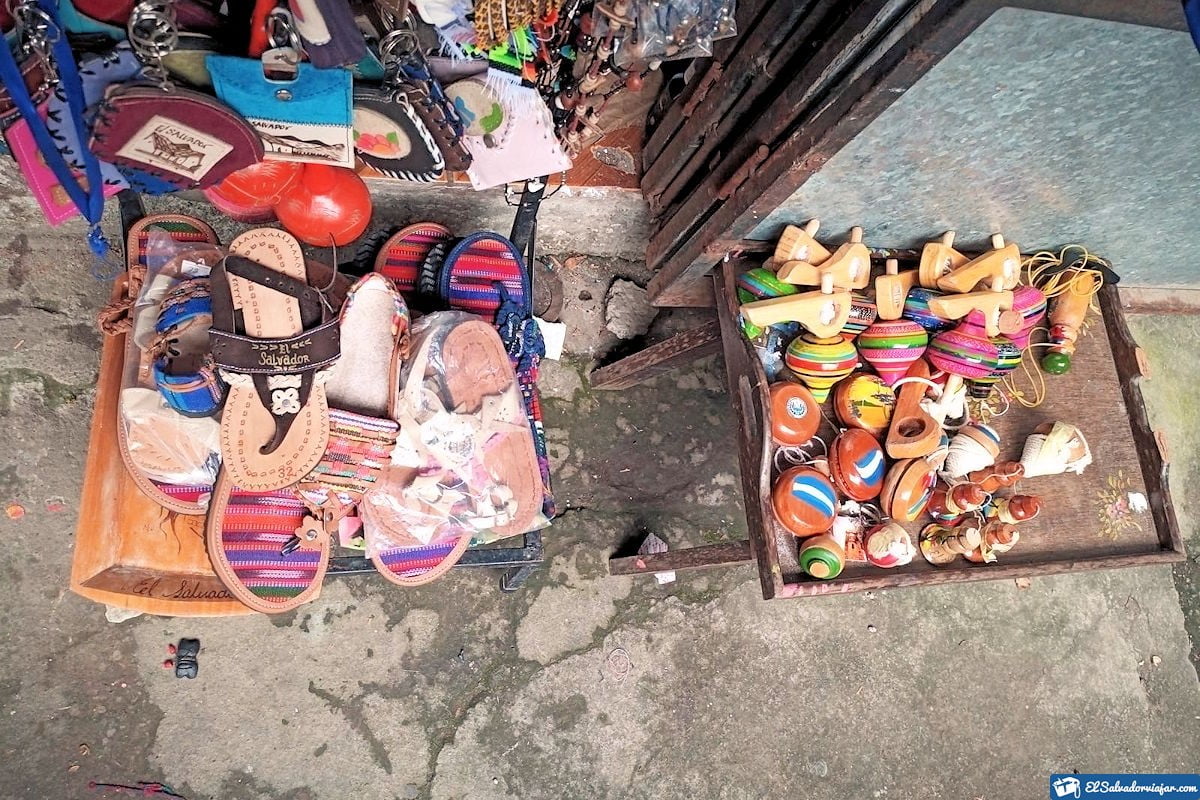
The latter, in great variety and loaded with El Salvador’s style. The handicrafts refer to the cultures that populated the region and are sold at affordable prices.
What to see and do in the Artisanal Paradise Route of El Salvador
Now it is time to talk about the Artisanal Paradise Route and the towns that compose it. Details about the type of tourism that can do in the place and the recommended places in the region. Without further ado, these are the towns that make up the Artisanal Paradise of El Salvador.
Cihuatán
The Artisanal Paradise Route begins in the department of San Salvador in the vicinity of the city of Aguilares. Right there is Cihuatán, one of the most important settlements of El Salvador.

This archaeological site has yet to be fully excavated, and even so, found relics and objects of great historical value. According to what see during the excavations, they found it to be a ceremonial center.
With an extension of 5 km2 in which patios used for the Ball Game can be observed. On the other hand, Cihuatán in Nahuatl means the City of Women, and it is characterized by having bases built in stones and walls of up to 5 meters.
These walls had hoops more than two meters high through which passed the ball. The one who fulfilled the task won and was honored. The members of the tribe gave him prizes and exclusive handicrafts.
Cihuatán has much more history than this, and through the Artisanal Paradise Route, you can get to know it inside its facilities. The best thing is that at the entrance you can find a guide for the tour.
Colima
A little more than 5 minutes from Cihuatán, you can see how the Acelhuate River flows into the Lempa River, which feeds the country’s most prominent artificial water mirror, Lake Suchitlán.
Just as we enter the department of Cuscatlán in the municipality of Suchitoto, we find the second place on the Artisanal Paradise Route. It is Colima, a hacienda that originates in the production of sugar cane and grains.
Their lands are still cultivated, while the locals seek to give life and keep their traditions in force. This place opens its doors to national and foreign tourists who wish to do agrotourism in the region.
In addition, you can have the opportunity to take a guided tour of the surroundings, visit and sail on Lake Suchitlán, and take long walks through nature, among others.
La Palma
Following the Artisanal Paradise Route through Tejutla, we arrive at the department of Chalatenango, where La Palma is. You must travel at least two hours from the Salvadoran capital to reach the place.
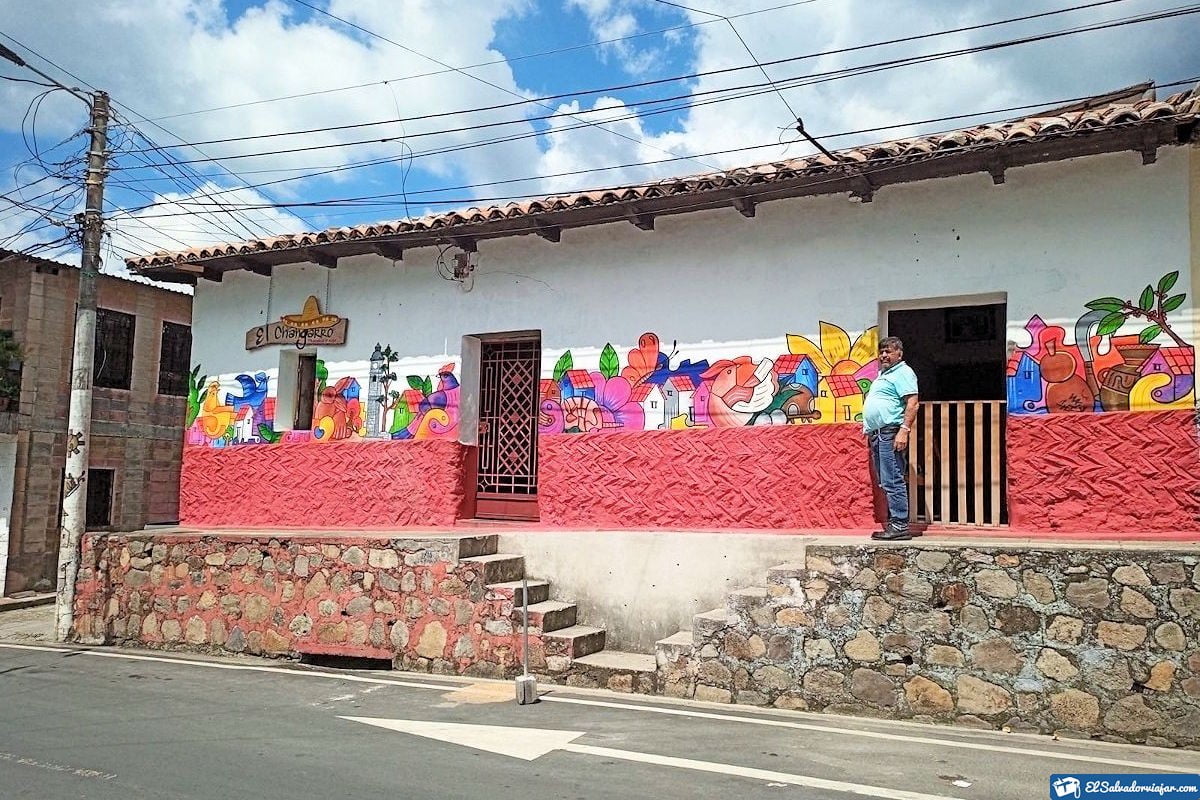
La Palma is a town full of color and incredible history. Much of it is related to the civil war, but its greatness has been forged in its artisan creations. The principal exponent of this art was Fernando Llort, who taught the locals different methods to create his works.
You can find painted works in different structures and materials, wood carving, leather, and clay figurines. Currently, one can purchase handicrafts with these techniques in the stalls and workshops of the town.
On the other hand, La Palma stands out for the distillation of different types of wood to obtain excellent quality resin. It also has one of the coolest climates in El Salvador, which has earned it a place in the Ruta Fresca.
In addition to the workshops and the streets of the city, you can not miss visiting the Nunuapa River and the “Mario Zamora Rivas” Recreational Center. This center, also known as El Refugio, has cabins in the middle of a pine forest that you can rent. Nothing better than resting surrounded by nature.
San Ignacio
A little above La Palma, we find San Ignacio, one of the most important places to visit in Chalatenango, and of course, in the Artisanal Paradise Route. This town dates back to the 18th century when emigrants from Citalá began to inhabit its lands.
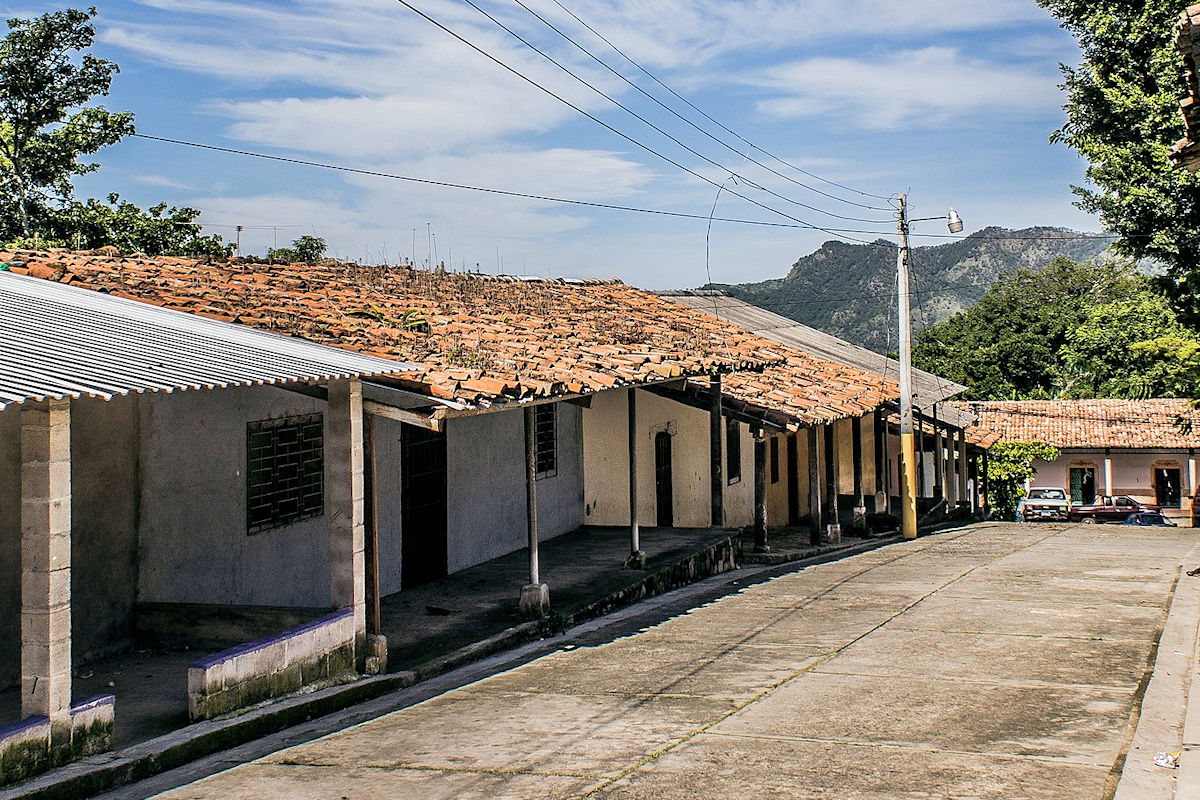
By then, it was part of the district of Tejutla under the name of El Rodeo. By 1855 it became part of Chalatenango, acquiring the name of San Ignacio as a tribute to its patron saint, San Ignacio de Loyola. Centuries later, in 2014, it received the title of city.
Now, as part of its attractions, agrotourism stands out. Thanks to its climate, it is the only place in El Salvador where you can grow fruits such as blackberries, strawberries, and peaches. In addition, vegetables include broccoli, scallions, and chard.
At this point of the Artisanal Paradise Route, you can also do some rural tourism and visit the artisan workshops where wooden pieces are made. The carving, polishing, and painting are incredible.
Finally and best of all, in San Ignacio, you will have at your disposal natural environments where you can do ecotourism. Even in the mountains, you will find Hotel Entre Pinos, from where you can go hiking, climbing, and mountain biking.
In this sense, from there, you can climb the highest peak of El Salvador and enjoy a complete view of the country, Honduras and Guatemala. It is Cerro El Pital at 2730 m.a.s.l. with a temperature between 10°C and 16°C.
You will find designated areas to camp and enjoy an incredible sunset and sunrise in the area. If you want to visit another symbolic site of the town, then you cannot miss the Peñon de Cayaguanca, also known as the Peña de Cayahuanca.
Miramundo
In the mountains visible to the north of San Ignacio is Miramundo, which is arguably the midpoint between the town and El Pital Hill. It has an altitude of 2400 m.a.s.l., so its climate is cold, with temperatures of up to 12°C (54°F).
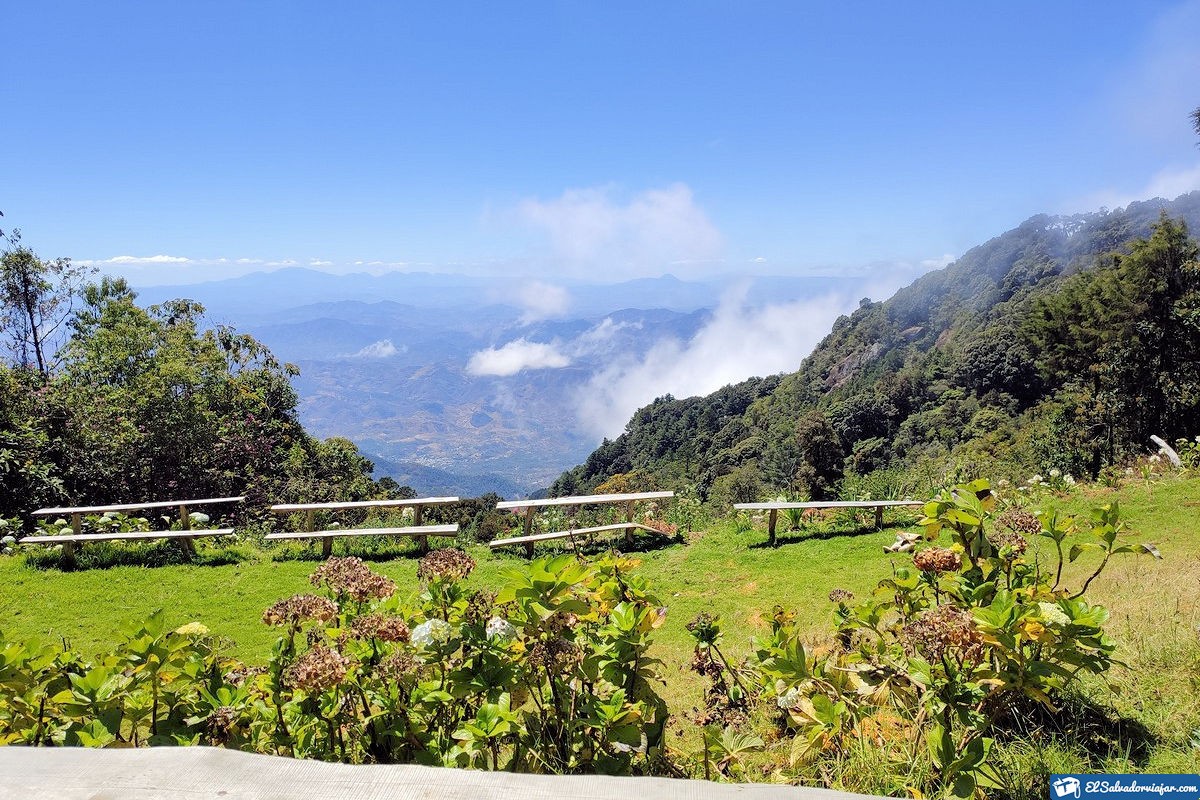
This point of the Artisanal Paradise Route promotes agrotourism, so you can get to know the crops and buy fruits and vegetables. If you want to be surrounded by nature, you can stay at Hostal Miramundo, walk through Las Pilas, and enjoy the flora that grows along its streets.
Citalá
Citalá is another destination within the Artisanal Paradise Route that you cannot miss. Of all the places mentioned so far, this one has been inhabited since before the 20th century. According to historical data, its first inhabitants were the Toltec and Maya-Chortis tribes.
On the other hand, it is said that its name in Nahuatl is Río de Estrellas (River of Stars), and this is due to its proximity to the Lempa River. It built a bridge over this river in mid-1986. In Citalá, several activities will take you to the best ecotourism experience.
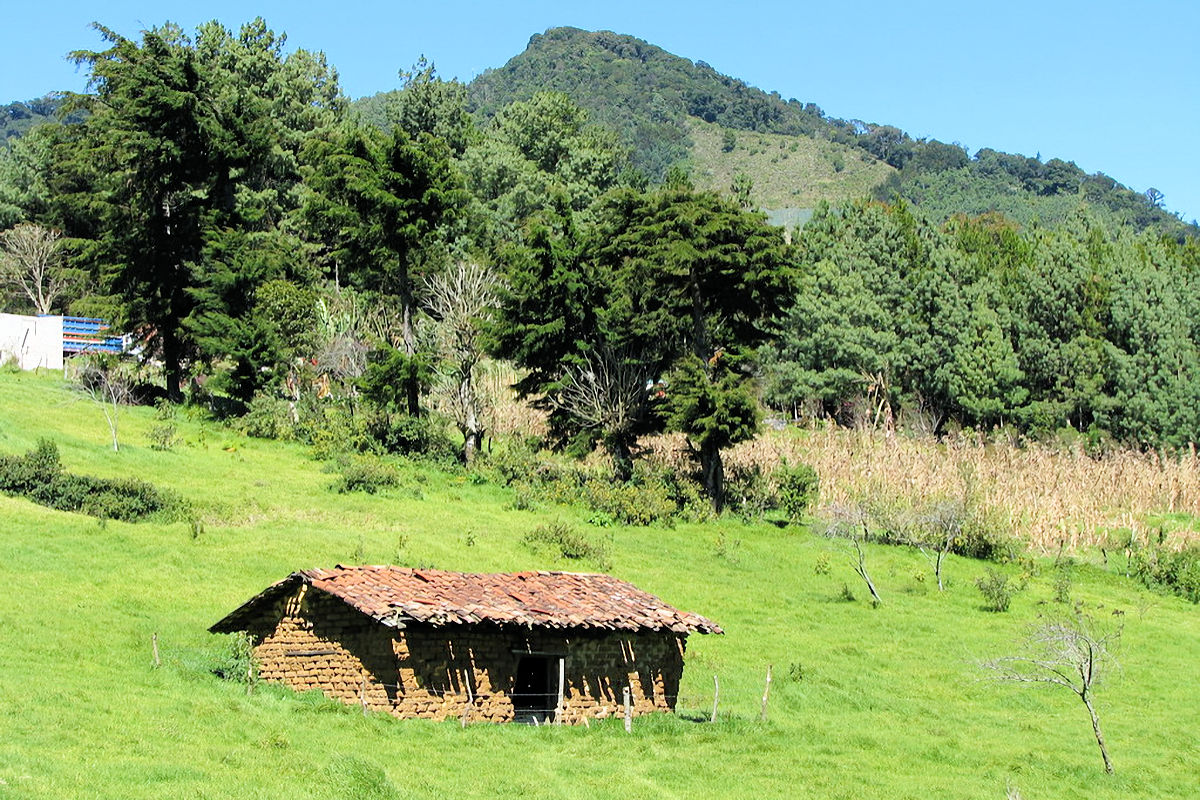
The first one is that you will be able to observe from the town an incredible landscape, among which the Cayaguanca Rock and El Pital Hill stand out. In addition, you can hire a local guide to take you on a complete tour of the Lempa River. You can fish, take a boat ride, or swim.
If you prefer hiking, then you can head to Cerro Inciensal. During the hike, you can find the ruins of an indigenous settlement. You can hear the stories of the place and learn many of its legends while you enjoy the Artisanal Paradise Route.
Pilar Church
The Church of Citalá is better known as Iglesia del Pilar, and this is the last place to visit on the Artisanal Paradise Route. It is worth mentioning that it is not only of great importance for Chalatenango but also for El Salvador since it is the first church built in the country.
Its construction was inspired by neoclassical architecture. It has yet to be known for sure when the works began. According to the records, it may have been in the last period of the XVII century.
In any case, it is a work of colonial art that keeps in its interior images of the time and various documents of the parish line known at that time. Undoubtedly, Chalatenango is a department rich and diverse in culture, traditions, history, and tourist attractions.
To such an extent, it is the central part of two tourist routes. We are talking about the Ruta Fresca and the one we shared with you today, the Artisanal Paradise Route of El Salvador.
Visiting tips
San Salvador, Cuscatlán, and Chalatenango are departments that, in addition to hosting the places of the Artisanal Paradise Route, offer a wide gastronomic variety to its visitors. While you can enjoy the best tamales in the region, you can also try the traditional pupusas or revueltas, pastelitos, nuégados, and more.

You will love the traditional roasted chicken if you want something different. Or maybe the chicken soup, and fruit cocktails, among others. Now, if we talk about fruits, in the higher towns, you will have the opportunity to buy homemade drinks made with pears, peaches, blackberries, and any other fruit.
In short, you will have nothing to worry about because you will find everything you need on the Artisanal Paradise Route. Finally, you must take into account some suggestions for your trip:
- If you plan to stay for a few days, reserve your lodging in advance, especially if you want to travel the entire route.
- Bring comfortable shoes and clothes for the trip.
- If you want to camp in the mountains:
- Remember that temperatures are shallow.
- Bring warm clothes for the night, a camping tent and a sleeping bag.
- Remember insect repellent.
- Suppose you want to tour the Lempa River or swim in some rivers along the Artisanal Paradise Route. Include a bathing suit, sunscreen, sunglasses, and a hat in your luggage.
- The hikes can be long and strenuous, so you should bring plenty of water depending on the activities you wish to do.
- The locals are cautious with their natural areas. Bring a garbage bag and avoid leaving garbage in the surroundings.
- Last but not least, remember to bring your camera. You will find landscapes so impressive that they are worth remembering. And what better than with a good picture.
